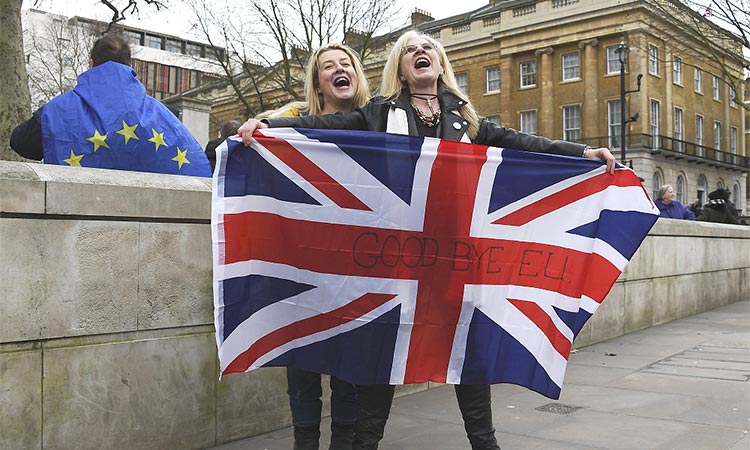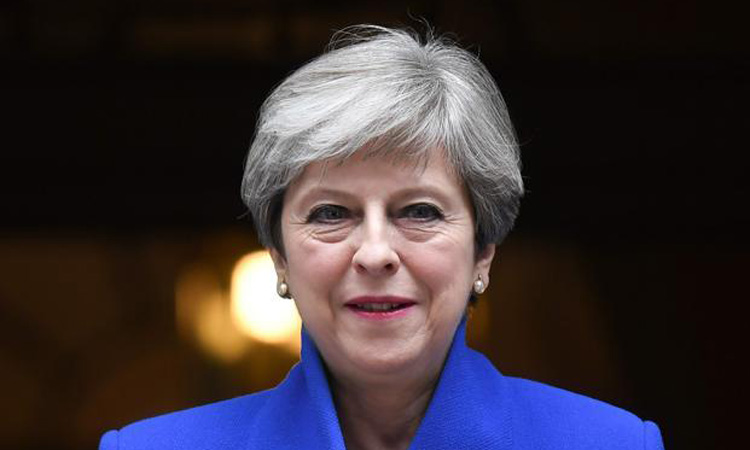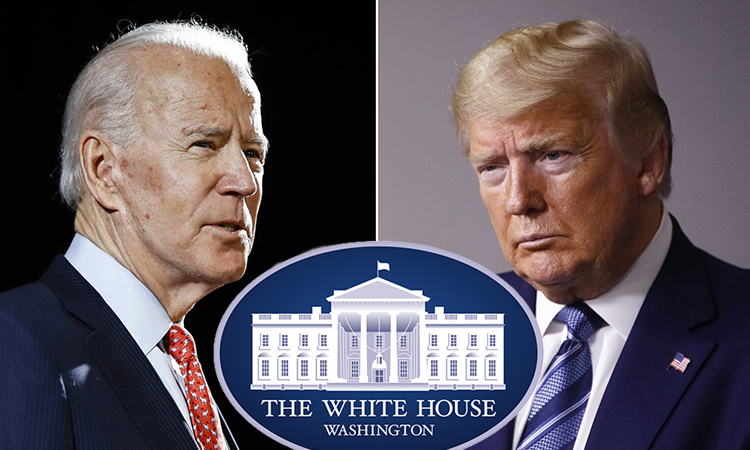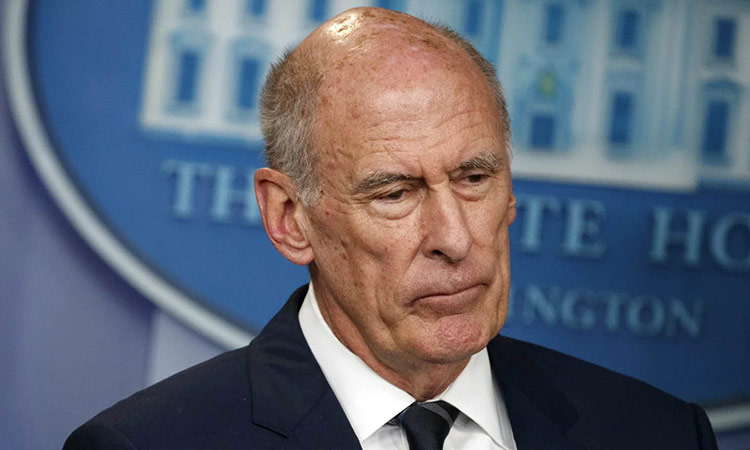This is how Johnson’s Brexit offer differs from May’s plan

John Rentoul
@JohnRentoulChief Political Commentator, The Independent; visiting professor, King's College, London.
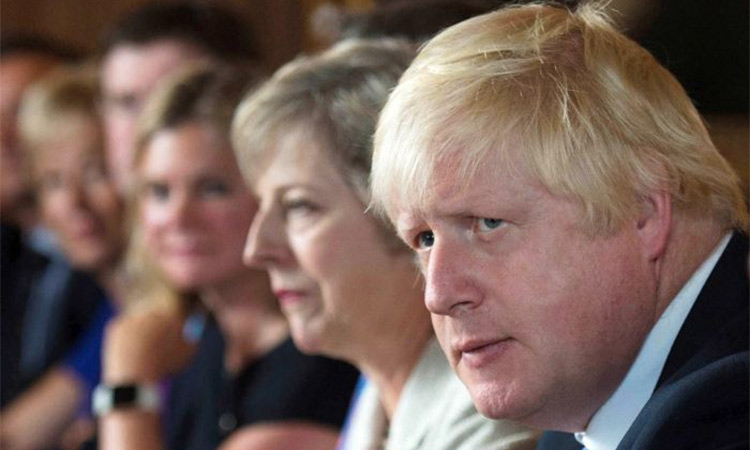
Boris Johnson and Theresa May attend a conference in London. File/ AFP
The first difference is that it means a customs border in Ireland. Whereas May’s deal kept the whole of the UK in the EU customs territory until a long-term trade treaty was negotiated, Boris Johnson’s plan is to take the whole of the UK out of it.
That means there would have to be customs checks on goods going between Northern Ireland and the Irish republic. The UK government proposal is that these would not happen at the border, but “the very small number of physical checks needed” would be conducted at traders’ premises or “other designated locations”.
This looks like an attempt to get away from the idea of customs checks in a buffer zone five or 10 miles from the border, which was in some of the earlier versions of the British documents.
So far, the response of EU sources has been unenthusiastic. This sounds to them like the latest form of magical thinking, using technology that doesn’t yet exist to manage a virtual border without any physical checkpoints or cameras at the border itself.
Yet this is something that will have to come into effect by the end of next year, at the end of the transition period in December 2020. Even so, Jean-Claude Juncker, the EU Commission president, hasn’t rejected Johnson’s plan. He is coming to the end of his term and would like to go out having secured a deal.
The second big difference between May’s plan and Johnson’s proposal is that the new plan depends on the consent of the assembly and the executive of Northern Ireland. Whereas May’s protocol on the Irish border could be ended only by agreement between the EU and the UK, giving the EU a veto over it, this draft protocol would last as long as the institutions of Northern Ireland agreed to it.
This may be subtle politics. One oddity about May’s deal and its backstop guarantee of an open border in Ireland was that it was popular among the people of Northern Ireland, even though it was opposed by the DUP, the only party represented in the House of Commons.
The backstop would have given Northern Ireland a favourable economic status, inside most of the EU single market, while also being part of the UK. Johnson’s new Brexit protocol would do the same, but making it subject to a Northern Ireland veto could make it more acceptable to the DUP.
There is an obvious problem, which is that the devolved government in Northern Ireland has been suspended for nearly three years. That would mean the EU would have to agree to the UK leaving now on the prospect of an arrangement that would be approved later. That would mean betting not just that the Northern Ireland government would agree (which is likely), but that it would be restored, by July next year. That is when consent would be required for the protocol: six months before the end of the transition period.
But it is possible that this proposal could be the basis of a deal. Whether it is better or worse than May’s deal is possibly neither here nor there. Jeremy Corbyn didn’t vote for May’s deal, and so if he doesn’t vote for this one, Johnson will be no worse off.
What is significant is that several of the Conservative Eurosceptics who voted against May’s deal could vote for this, as could the DUP. If Johnson can persuade a handful of Labour MPs to vote for it too, it is just possible that he could win approval for it in the House of Commons.
